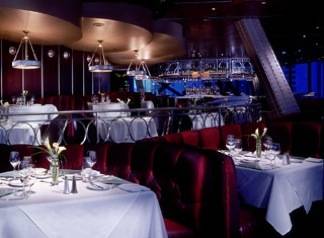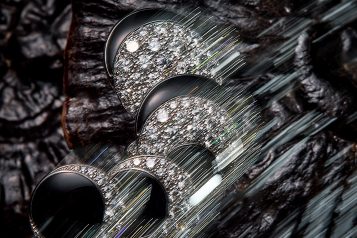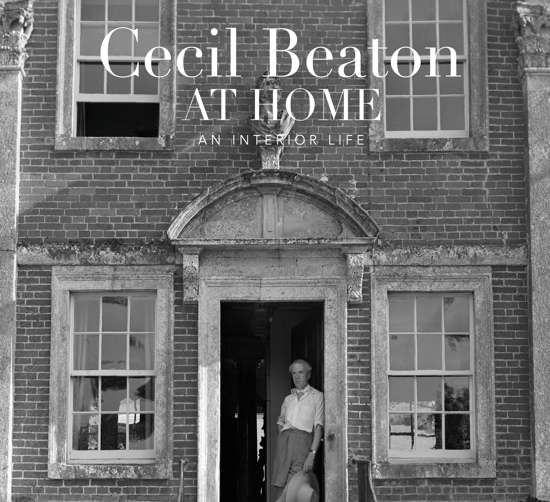
Cecil Beaton, a towering icon of style in the 20th century, dazzled as a photographer–he photographed everyone from royalty to Liz Taylor. Greata Garbo, Vivien Leigh and the Bouvier sisters. But his prodigious talents reached beyond the photo studio; Beaton was a renowned Oscar- and Tony-award-winning costume designer and art director for My Fair Lady, as well as painter and much-admired interior designer. Author Andrew Ginger recently spoke to us about his new book, Cecil Beaton at Home: An Interior Life (Rizzoli) which looks at a lesser-chronicled aspect of Beaton’s renowned artistic life.
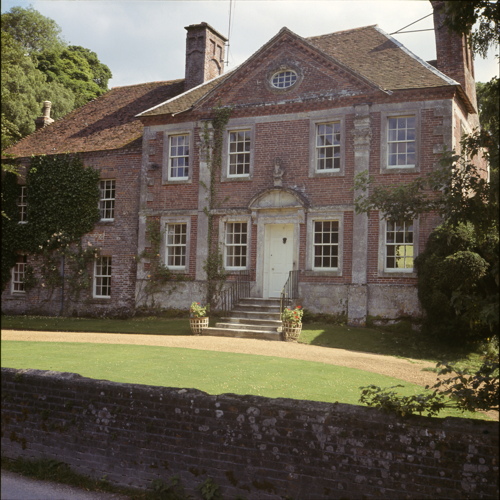
What inspired you to write the book?
It grew out of the exhibition I curated at Salisbury Museum in 2014. The exhibition focused solely on Beaton’s life in Wiltshire at Ashcombe and Reddish House, but in putting the show together deeper aspects of Beaton’s relationship to his interiors surfaced that displayed his approach to self-presentation and publicity of all forms. Cecil’s interiors, in London, the country or his hotel suites in New York, were part of his theatrical public image and so the idea of presenting his life story through all these decorated spaces took hold and the book became, consequently, far more comprehensive than the exhibition.
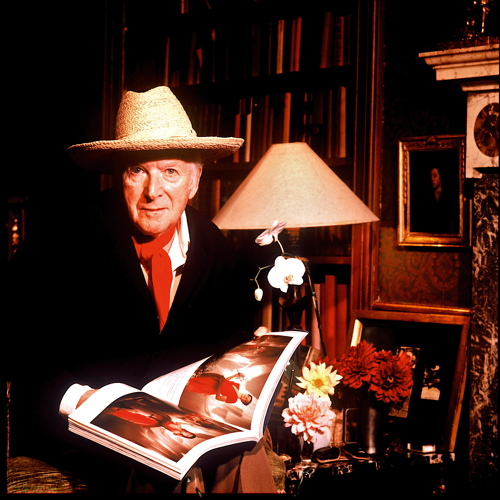
What was the most challenging aspect of your research?
After Beaton’s death, all his possessions were scattered by auction and so much of the work was in tracking down his art and furniture through the auction houses and individual collectors. A fortunate sequence of coincidences seemed to lead me to most of the major items, and it was uncanny and exciting to trace so many important pieces after so long. The other great challenge was Beaton’s hand-writing. His 145 volumes of diary are an exceptional record of his mind and times – often written whilst tired or travelling, Cecil’s famously difficult hand takes some time to adjust to. It’s a moment of triumph when one’s eye adjusts and all becomes clear.
What did you learn about Beaton that you hadn’t known before?
Beaton’s personal story interests me so much. His celebrity and intense artistic output came at some cost to his intimate life. His relationship, when he was 60, with Kin Hoitsma, an American academic art historian half his age, was a critical moment in his life. I was lucky enough to gain access to the correspondence with Kin which was returned to him after Beaton’s death and it is deeply touching and poignant. Lord Berners had once remarked that Cecil’s ‘skeleton in the closet’ was his kind heart, and in his relationship with Kin Hoitsma you see a very sensitive and romantic person, very different to the arch, dandy persona he fostered publicly.

How did his aesthetic impact interior design?
Cecil was obsessed with the theatre and his interior design was a kind of ‘mise-en-scène’ to support the impression of him as a connoisseur, artist and pioneer of the original. With so many artistic occupations running concurrently, no one interior could capture every aspect of him and he dabbled with surrealism, theatrical whimsicality and Edwardian romanticism. His ever-changing hotel suites in New York allowed him to experiment in all manner of contemporary idioms from a kind of minimalism at the Drake Hotel in the late ‘50s to a mad Jackson Pollock inspired, paint-splattered psychedelia at the St Regis in the mid-60s.
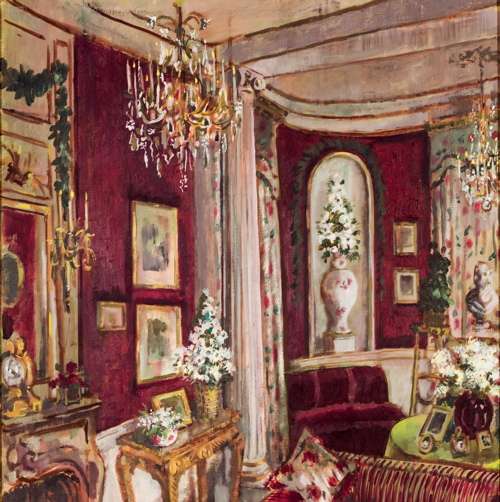
How is his aesthetic relevant today?
Taking pleasure in one’s surroundings, Cecil believed, was one of the great delights of life. His oft quoted maxim “Be daring, be different” is at the heart of his loathing of blandness, the ordinary, and convention. He championed beauty and impracticability. Nothing was ever left to chance and no detail was too trivial for his acute visual sense. In our often less original age, he has much to teach us about elegance and artistic living.








